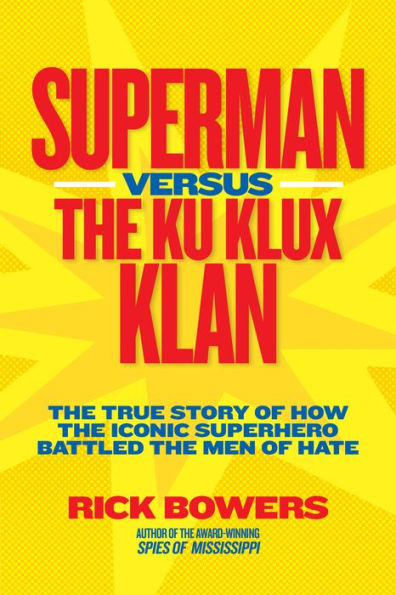Read an Excerpt
Jerry Siegel was different from most of the other kids in Glenville. While they were playing ball in the street, shooting hoops at the community center, or shopping on 105th Street, Jerry was holed up in the attic with his precious zines. He also loved to take in the movies at the Crown Theater, just a couple blocks from his house, or at the red- carpeted and balconied Uptown Theatre farther up 105th. Scrunched in his seat with a sack of popcorn in his lap and his eyes fixed on the screen, he marveled as the dashing actor Douglas Fairbanks donned a black cape and mask to become the leaping, lunging, sword-wielding Zorro. Jerry admired Fairbanks and all the other leading men—those strong, fearless, valiant he-man characters who took care of the bad guys and took care of the gorgeous women too. Jerry worshipped Clark Gable and Kent Taylor, whose names he would later combine to form Clark Kent.
Jerry usually sat in darkened theaters alone as he absorbed stories, tracked dialogue, and marveled at the characters. After the movies he would walk to the newsstands on St. Claire Avenue to pick up a pulp-fiction novel or a zine. Soaking in every line of narrative and dialogue, he would read the books and magazines cover to cover—then read them again. Turning to his secondhand typewriter, he would dash off letters to the editors, critiquing the stories and suggesting themes for future editions. He would scour the classified sections for the names and addresses of other science fiction fans and send them letters in which he shared his ideas for stories, plots, and characters. For kids like Jerry, science fiction provided a community—a network of fans bound together by a common passion.
One of Jerry’s favorite books was Philip Wylie’s Gladiator. Initially published in 1930, it was the first science fiction novel to introduce a character with superhuman powers. Jerry moved through the swollen river of words like an Olympian swimmer, devouring the description of the protagonist, Hugo Danner, whose bones and skin were so dense that he was more like steel than flesh, with the strength to hurl giant boulders, the speed to outrun trains, and the leaping ability of a grasshopper. Danner’s life is a tortured pursuit of the question of whether to use his powers for good or evil. That made Jerry think about how hard it was to choose right over wrong.
Then there was that unforgettable image of the flying man—the one he had seen on the cover of Amazing Stories. Jerry would hang on to that image for the rest of his life. The flying man, clad in a tight red outfit and wearing a leather pilot’s helmet, soared through the sunny sky and smiled down on a futuristic village filled with technological marvels. From the ground, a pretty, smiling girl waved a handkerchief at the airborne man and marveled at his fantastic abilities. In this edition of Amazing Stories Jerry saw a thrilling new world of scientific advances and social harmony— a perfect green and sunny utopia to be ushered in by creative geniuses with more brains than brawn, more natural imagination than school-injected facts, more good ideas than good looks. Jerry wanted to help create that utopia. Luckily, he had a partner in his quest.



